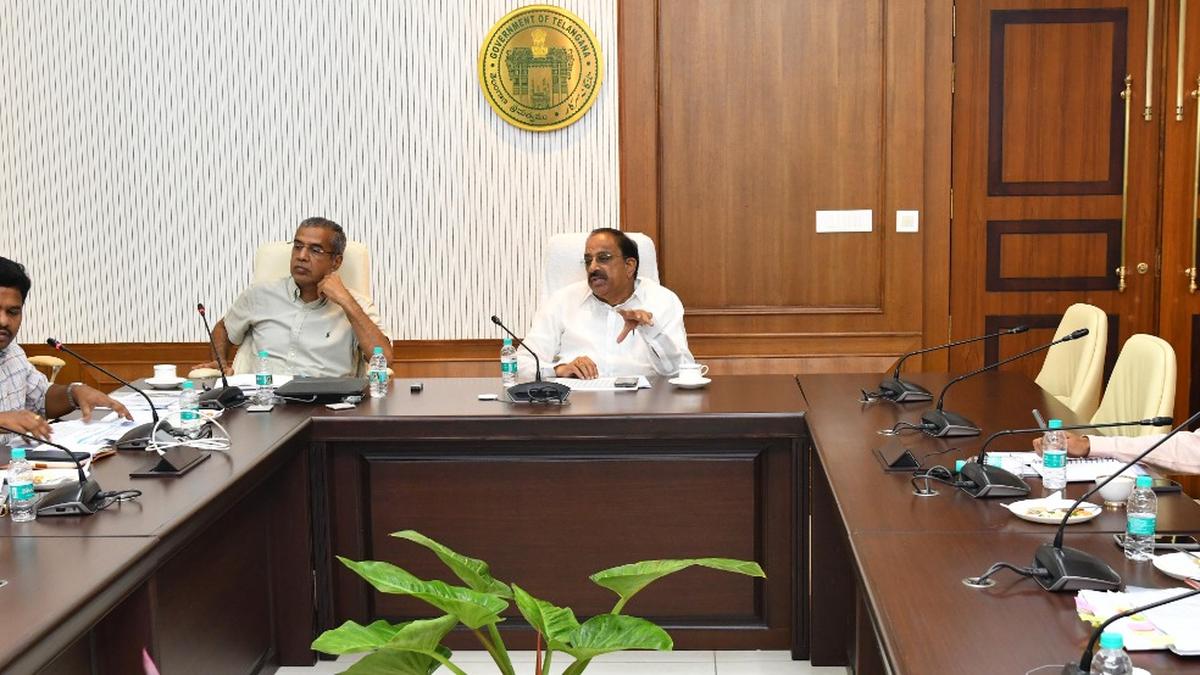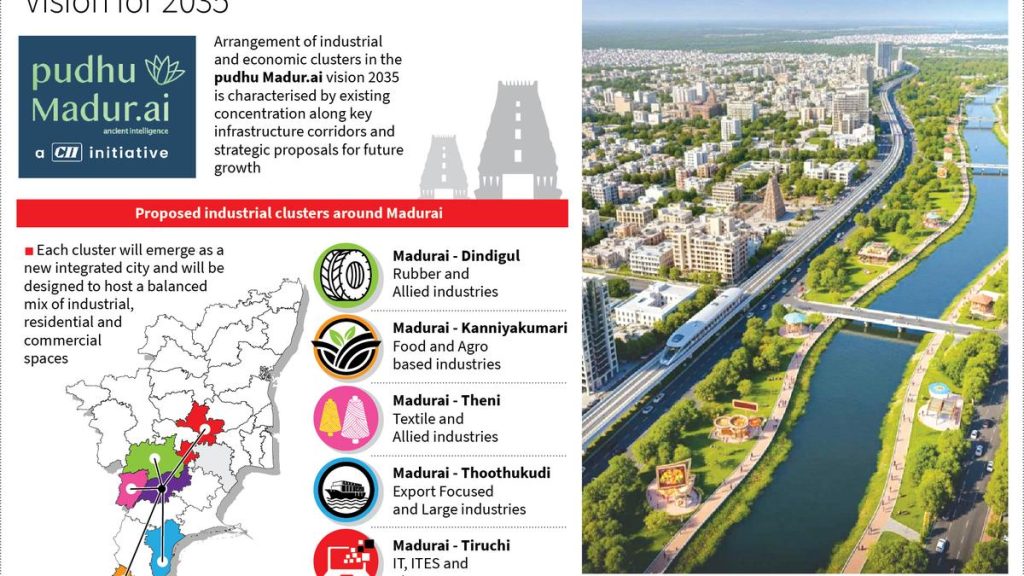Now Reading: State Requests Urea Supply from 4 Ships to Bridge 2.69L Tonne Shortfall by Month-End
-
01
State Requests Urea Supply from 4 Ships to Bridge 2.69L Tonne Shortfall by Month-End
State Requests Urea Supply from 4 Ships to Bridge 2.69L Tonne Shortfall by Month-End

Quick Summary
- Minister’s Remarks: Telangana’s Agriculture Minister Tummala Nageswara Rao criticized the Center for failing to supply the requisite allotment of urea to the state during April-August 2025,leading to a fertilizer shortage.
- urea Allotment Shortfall: telangana was allotted 8.3 lakh tonnes of urea for the period but onyl received 5.32 lakh tonnes, leaving a deficit of 2.69 lakh tonnes.
- Indigenous vs Imported Urea: Out of Telangana’s allotment, indigenous production accounted for 4.34 lakh tonnes and imports for 3.96 lakh tonnes; however, supply fell short on both counts due to production and logistical issues.
- RFCL Plant Issues: The RFCL ramagundam plant faced operational difficulties and was non-functional for 78 out of 145 days during this period.
- centre’s Import Delays: delays in imported urea also compounded the issue as some suppliers failed to deliver fertilizer over two-three months.
- Cross-State Impact: The minister noted that other states including Madhya Pradesh, Rajasthan, Andhra Pradesh, Karnataka, Tamil Nadu, Bihar, Haryana, Punjab among others were also facing similar shortages.
Indian Opinion Analysis
The reported shortage in urea supply highlights significant challenges in aligning agricultural policy with ground-level realities across India’s farming belts during critical sowing periods like kharif season. Such disruptions in input availability can have serious implications not only on crop productivity but also on farmer morale and economic stability within rural areas.
While systemic issues such as plant downtime at RFCL Ramagundam impacted indigenous production targets significantly for Telangana (and potentially beyond), delays in import delivery underscore logistical inefficiencies at multiple levels. Coordinated federal action is required to address these gaps swiftly as this issue extends beyond state lines into what appears a broader nationwide challenge.
If not resolved promptly through collaboration between state and central stakeholders-preferably with clear data-driven resource allocation strategies-these shortages could contribute toward disrupted harvest cycles across several states reliant on timely commodity inputs.
Read more at source






















